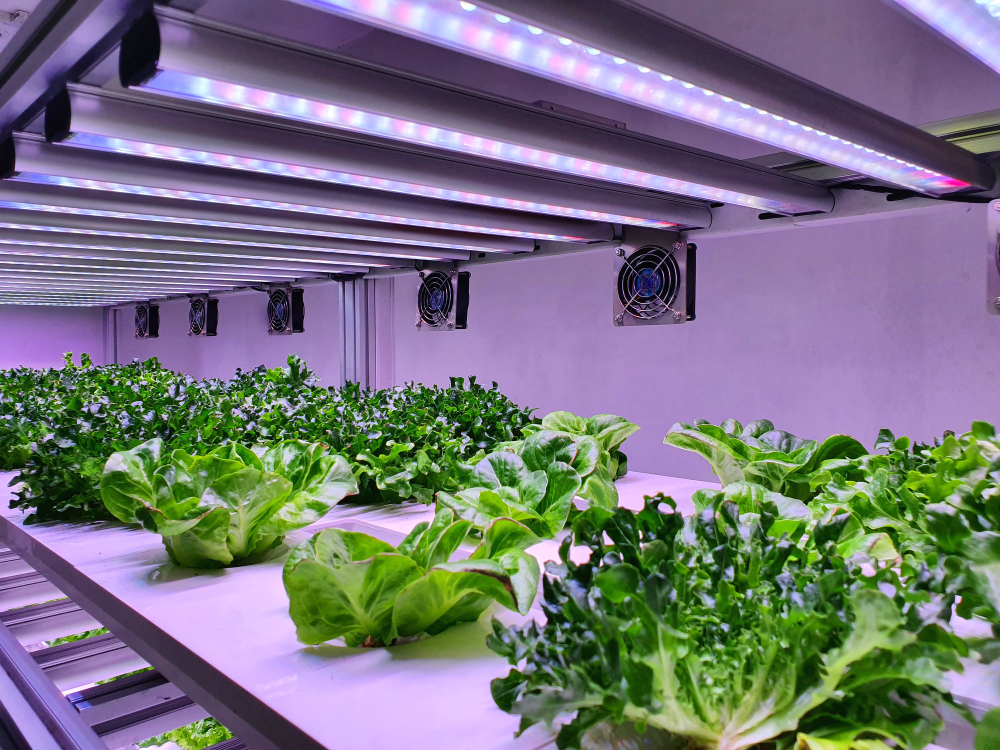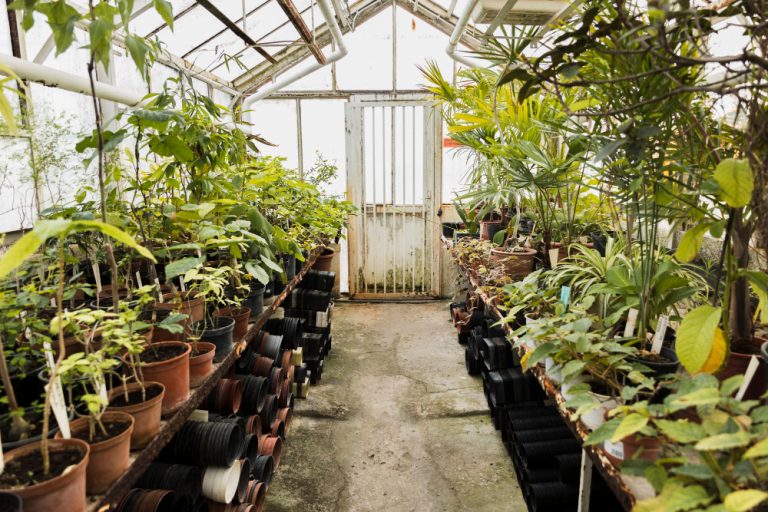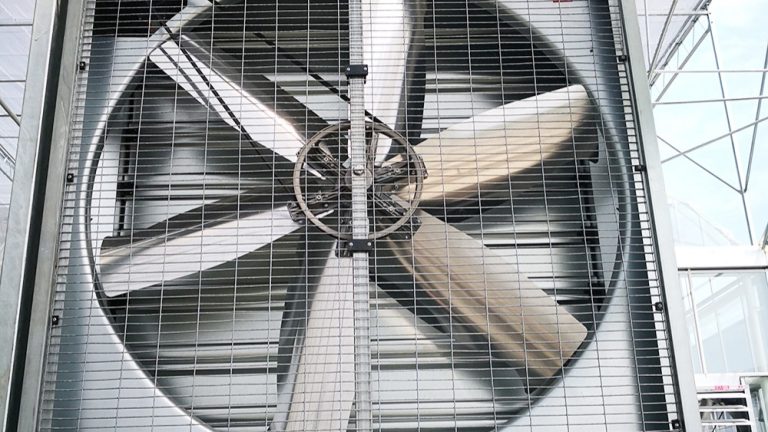
Key Points
Grow lights provide artificial light mimicking sunlight,enabling indoor plant photosynthesis.
They supply essential light energy for growth when natural sunlight is insufficient.
Research suggests they support plants from germination to fruiting,depending on light type and duration.
How Grow Lights Work
Grow lights emit artificial light,primarily in blue and red wavelengths,to mimic the sun’s spectrum.This light enables photosynthesis,where plants convert light energy into chemical energy for growth.Blue light promotes leaf and stem development,while red light encourages flowering and fruiting.Full-spectrum lights,often LEDs,balance these wavelengths for comprehensive indoor growth.
How They Help Indoor Plants Grow
Grow lights ensure plants receive adequate light indoors,especially in low-natural-light environments.They support the entire plant life cycle,from seed germination to mature flowering,by providing customizable intensity and duration.Typically,plants need 12-16 hours of light daily,positioned 6-24 inches away,depending on the plant type.
Survey Note:Detailed Analysis of Grow Lights and Indoor Plant Growth
This note provides an in-depth exploration of how grow lights function and their role in facilitating indoor plant growth,drawing from extensive research and analysis conducted as of June 10,2025.The following sections detail the mechanisms,types,usage,and effects,ensuring a comprehensive understanding for both novice and advanced gardeners.
Mechanism of Grow Lights
Grow lights operate by converting electrical energy into light,specifically emitting photons that plants use for photosynthesis.Photosynthesis is the process where plants transform carbon dioxide and water into carbohydrates,releasing oxygen,powered by light energy.The evidence leans toward grow lights mimicking the sun’s spectrum,with key wavelengths including blue(425-450 nm)for vegetative growth and red(600-700 nm)for flowering and fruiting.Full-spectrum lights,often LED-based,provide a balanced mix,closely resembling natural sunlight,which is crucial for indoor settings lacking direct sun exposure.
Research suggests that the effectiveness of grow lights depends on their photosynthetic photon flux(PPF),measured in micromoles per square meter per second(μmol m⁻²s⁻¹),and photosynthetically active radiation(PAR),focusing on red and blue light.Lumens,while useful for human visibility,are less relevant for plants,as they measure brightness rather than plant-usable light.The University of Minnesota Extension highlights that grow lights enable plants to perform photosynthesis year-round,supporting growth in environments with limited natural light.
Types of Grow Lights and Their Characteristics
Various grow light types cater to different plant needs,each with distinct advantages and limitations.The following table summarizes the common types,based on recent findings:
| Type | Efficiency | Heat Output | Best For | Pros | Cons |
|---|---|---|---|---|---|
| LED | High | Low | All stages, energy-conscious users | Energy-efficient, long-lasting | Higher upfront cost, bright light |
| Fluorescent | Moderate | Low | Seedlings, low-light plants | Cheaper upfront, easy to use | Shorter lifespan, higher energy use |
| Incandescent | Low | High | Low-light plants | Cheapest upfront | Inefficient, high heat, causes stretching |
| High-Intensity Discharge (HID) | High | High | Commercial, high-light plants | Wide coverage, bright | Large size, high heat, older tech |
LEDs are increasingly popular due to their efficiency and ability to emit specific spectra,such as white light for a natural appearance,while fluorescents are suitable for budget-conscious growers.HIDs,including metal halide(MH)for vegetative growth and high-pressure sodium(HPS)for flowering,are common in commercial settings but less practical for small-scale indoor gardening due to heat and size.The Spruce notes that LEDs are particularly effective for small-scale use,offering customizable wavelengths.
Recent advancements,as of 2025,highlight LEDs’evolution,with improved energy efficiency and integration with smart systems,enhancing control over light spectra for optimal plant growth.These developments,detailed in industry reports,suggest a growing market,projected to reach US$12.5 billion by 2032,driven by LED technology.
Usage and Positioning for Indoor Growth
To maximize grow light effectiveness,positioning and duration are critical.The University of Minnesota Extension recommends:
Seedlings:4-6 inches from the light,16-18 hours daily.
Hydroponic lettuce/herbs:6-12 inches,12-14 hours daily.
Foliage houseplants:12-24 inches,12-14 hours daily.
Flowering houseplants:6-12 inches,14-16 hours daily.
These distances account for light intensity,which decreases with distance due to the inverse-square law,ensuring plants receive adequate PPFD(photosynthetic photon flux density).The Spruce advises gently wiping bulbs to maintain efficiency and using timers for consistent light cycles,enhancing plant health.
Light duration also considers photoperiodism,affecting flowering.Short-day plants(e.g.,chrysanthemum)need≤12 hours of light,long-day plants(e.g.,African violets)≥14 hours,and day-neutral plants(e.g.,flowering maple)are insensitive to day length.Timers are essential for supplemental lighting,ensuring plants receive adequate rest cycles,as noted in educational resources.
Effects on Plant Growth and Health
Grow lights significantly enhance indoor plant growth by increasing usable light,improving nutrition,and accelerating flowering.They are effective for starting seeds,growing herbs,or supplementing light for plants lacking sunlight,as detailed in gardening guides The Spruce:Grow Lights for Seed Starting.The evidence leans toward their ability to keep plants healthy,with blue wavelengths encouraging strong roots and red wavelengths stimulating flowering,as supported by horticultural research.
However,improper use can lead to issues.Too little light may cause pale,leggy stems,leaf drop,or no flowers,while too much can scorch leaves.The University of Minnesota Extension provides visual examples,such as leggy geraniums under insufficient light,highlighting the importance of balancing intensity and duration.
Light Requirements by Plant Type
Different plants require varying light levels,categorized as low,medium,and high,based on PPF and foot-candles:
| Light Level | PPF (μmol m⁻²s⁻¹) | Foot-Candles | Watts | Examples | Notes |
|---|---|---|---|---|---|
| Low | 50-150 | 50-250 | 10-15 | Chinese evergreen, snake plant | Slow growth, less water, north window |
| Medium | 150-250 | 250-1,000 | 15-20 | Begonia, rubber plant | Indirect light, east/west windows |
| High | 250-450 | >1,000 | >20 | Cacti, citrus | Frequent watering, south windows |
Selecting plants matching the light environment and adding supplemental lighting ensures optimal growth,particularly for sun-loving succulents or shade-preferring ferns,as noted in horticultural advice.
Recent Trends and Future Outlook
As of 2025,the grow light market is experiencing rapid growth,driven by LED advancements.These lights offer tailored spectra,reducing energy use and supporting sustainable indoor farming.Reports indicate a projected market value of US$12.5-17.55 billion by 2032,fueled by urban agriculture and vertical farming,particularly in Europe.The integration of IoT and AI for intelligent control further enhances accessibility,making indoor gardening more efficient and environmentally friendly.
Conclusion
Grow lights are indispensable for indoor plant cultivation,providing artificial light to mimic sunlight and support photosynthesis.They enable year-round growth,with customizable options for intensity,spectrum,and duration,catering to diverse plant needs.While challenges like proper positioning and light balance exist,their benefits in enhancing plant health and productivity are well-documented,making them a cornerstone of modern indoor gardening.




